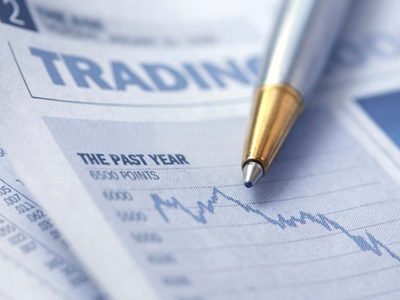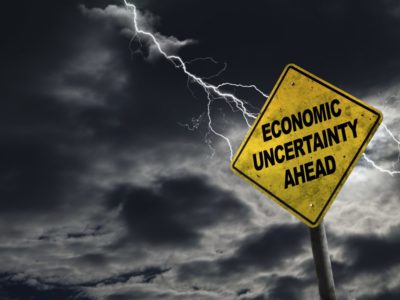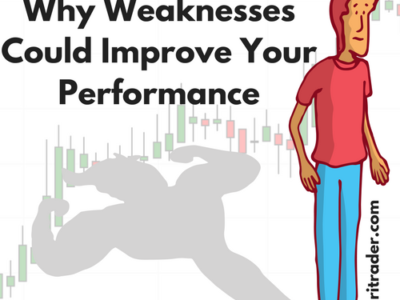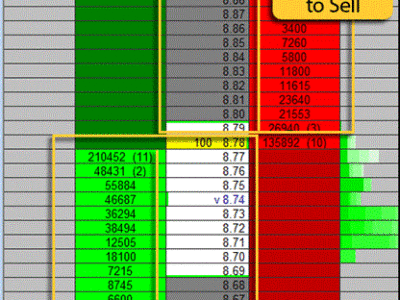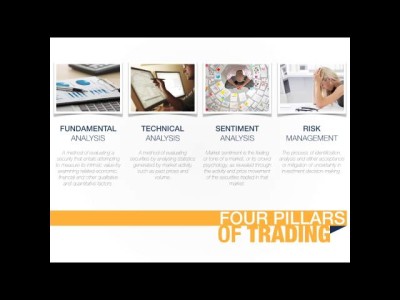How Much To Risk Per Trade
A discussion on risk, cannot be complete without evaluating one of the most commonly used techniques traders use to manage and preserve their capital – The 1% Risk rule.
The problem however is that ones emotions relates to risk in an abstract manner.
Many traders when quizzed will admit that their expectations of how much risk they can tolerate often is far different to how they actually tolerate risk once in a trade.
For this reason, one cannot assume that the 1% Rule applies equally to all.
In this post I shall focus on determining the most appropriate % that fits your own trading style and personal risk tolerance. For an in-depth understanding and explanation of the basic concept behind this rule, I recommend you read my post on Possibility vs Probability.
The Rule’s Impact
The sole aim of this rule is to manage three things:
- Your own emotions
- Your trading capital
- Your longevity as a trader
By limiting the amount you stand to lose on any one particular trade, not only will you feel less intimidated to trade, but you will also be far less hung-up on the outcome of any particular trade.
Furthermore, by limiting the amount you lose per trade, you ensure that your capital cannot be wiped out by any one single trade, but more importantly, that as your balance on your trading capital systematically reduces (as a result of small individual losses) it also provides you with the opportunity to slam on the breaks and stop all trading (or at minimum reduce risk) allowing you the much required room to re-look the situation.
Determining The Appropriate Risk
One can determine an appropriate % to risk by taking into account the following
- Your Risk/Reward Ratio
- Your Historical Win Rate
- The Max Draw Down Level
- How many instruments you trade at a given time (open positions)
- The frequency at which you trade
I threw that last two points in the mix for the sole reason that traders often are masters at only taking 1% risk per trade, but then end up having 20 trades open at any one point in time (I’m ignoring correlation and diversification trades for now). This is a recipe for disaster.
An unexpected market blow-out against your positions will result in a loss far greater on that single point in time than what was planned on, or certainly what one aims to prevent by applying this rule in the first place.
Risk Reward Ratio
This ratio is of critical importance as the idea behind trading is that, given that you expect many of your trades not to work out, that you would want to ensure your losses are kept smaller than your winners.
As such, it is very common for a trade to be evaluated in relation to its potential risk (profit) relative to the amount you stand to lose if your stop loss is triggered (Risk).
It is important to note that different types of traders may apply the RRR differently, as an example, Trend Traders may use the RRR during a trade and not necessarily at inception thereof. You can read more on How Trend Traders use RRR, but for now I wont go into any specific detail about any trading set-up, indicator or strategy, but instead you just assume you get a signal that points to a trade with a possible up-side of 200 points (i.e. your profit target were you most likely will exit the trade, or once there will evaluate its potential to move further in your favor).
Imagine further that in order to take this trade, your stop loss level needs to be placed 150 points away from the market (usually in order to allow for the pattern to unfold, or for normal market volatility to trade freely without the risk of cutting you from the position prematurely).
The Risk Reward Ratio can then be calculated as the expected gain, expressed as a percentage of the possible loss you stand to make, so in our example 200 / 150 for a RRR of 1.33
Thus, for every $1 we stand to lose on this trade (risk), we will stand a chance of gaining $1.33
Once this RRR is known, you can then compare this expected return to how often you win when you trade and work out if its worth your while to take the trade or not. The aim being to strike a balance of using the RRR in combination with your win/loss rate.
The reason for this is that if you lose 9 out of 10 trades you take, its clear to see that a RRR of 1.33 wont be enough, possibly losing $9 only to make $1.33 when you are successful is not placing the odds in your favor
Historical Win Rate
Simply put, your Win Rate refers to how often your trades end up with gains, relative to trades ending up with losses.
If you consistently follow a specific way of trading or a strategy where you consistently react the same to the signals / setups of the strategy (entry and exit techniques) then it’s very easy to evaluate the success rate of this strategy. This is often best done by keeping a proper Trading Journal.
Using our example above, if you had a win rate of 8/10 trades, you will in fact be quite comfortable with a RRR of only 1.33 knowing that the possible loss of $2 will be more than compensated by the possible $10.64 you can achieve from the 8 successful trades (8 x 1.33 = 10.64).
Your minimum win rate can thus be determined by using the RRR you expect as follows:
Minimum Win Rate = 1 / (1+RRR)
In our example, 1/(1+1.33) = 43%
So out of 100 trades, we require at minimum 43 trades to end up as winners, generating $57.19 (43 x 1.33) to compensate for the 57 losing trades on which we stand to lose -$57 ($1 on each trade)
A further interpretation of of this could be that if you know what your own historical win rate is on a particular way of trading then you will be able to calculate the minimum required return (or Risk/Reward) required on any one particular trade.
This then will be a way to determine if a trade can be taken or not. Lets assume we had an historical win rate of 25% on a strategy. The trade in question has a RRR of 2.25 which appears to be nice an profitable. Let’s see if we can take the trade…
Min RRR = (1/Win Rate) – 1
Min RRR = (1/0.25)-1
Min RRR = 3 : 1
In this example, with a win rate of 25% we will not be able to take this trade as it requires us to have a minimum RRR of 3
I have put together a RRR vs Win Rate calculator for you, as can be seen below. This will make life much easier to see all these pricing dynamics in action.

A copy of this Risk Calculator can be Downloaded Here (Note – you will be redirected to the author’s site)
Max Draw Down %
Knowing how much we stand to lose on any one trade given expected RRR combined with the Win/Loss ratio will allow us to extrapolate how many concurrent losing trades our trading capital can absorb before it hits the Max Draw Down limit on our trading capital.
The reason this is taken into account is due to the fact that even with the best intentions, the sequence of your Win/Loss trades are not always conveniently spaced, and one has to plan for the possibility of consecutive losing trades.
So What Is a Safe % to Risk?
If any of the above concepts sound confusing, don’t worry about it that much for now as I will show you exactly how we incorporate those once we physically start trading. Trust me that the penny will drop on this, and all this will make sense.
For now, just trust me when saying that in my experience the sweet-spot for those starting out usually sits between 1% to 2.5% of available capital (also somewhat dependent on how much capital you are able to start off with). For seasoned traders they may sometimes tip the scales at around 3 – 3.5% per trade, but no one really goes much above these levels.
In order to explain why 1% is most preferred to start off with, I thought to show you a quick example. I have created a simulation of various possible outcomes of betting on the result (heads or tails) when randomly flipping a coin 1,000 times.
This simulation shows you how random outcomes of flipping a coin, affects available capital based on a predetermined fixed % of capital risked per flip.
I further went as far as comparing the outcomes based on two scenarios. The one scenario is based on flipping the coin 1,000 times, and every time randomly selecting either heads or tails as your bet. The results are compared to flipping it 1,000 times but for every flip your bet always remains the same and for all the flips s placed on the outcome always being “heads”.
It is important to remind you that given that these outcomes are completely random, every time you run the simulation you will observe different possible outcomes (i.e. the graphs will look different). However, what you will consistently find is that a visual observation of the 1,000 possible outcomes clearly shows a relatively smoother distribution of possible outcomes at 1% risk.
The simulation runs across four different risk parameters being 1%, 3%, 5% and 10%. You will note that regardless of the number of times you run the simulation that without fail, the possible distribution of outcomes shows a material change with each subsequent jump in % risk allocated.
What is strikingly obvious is that regardless of keeping the direction of the bet constant or changing from heads to tails randomly with every flip, risking 1% on both simulations shows far less variance in the outcomes than even marginally increasing the risk to 3% per trade.
Look what happens if you risk 5% or even 10%

Summary
So in the end, with the aim being to achieve some level of consistency in your trading, all while allowing yourself and your trading strategy a fair chance to fight against the evil forces of the market, a max risk of 1% appears to be the winner.
Seen below, at 1% risk the slope of possible returns are far more palatable than the big, isolated results (albeit positive or negative)

In the end, the increase in possible rewards just does not justify the associated increase of risk of being carried out on a stretcher and losing all your trading capital.
The post How Much To Risk Per Trade appeared first on My Dad The Trader.
Source:: How Much To Risk Per Trade

